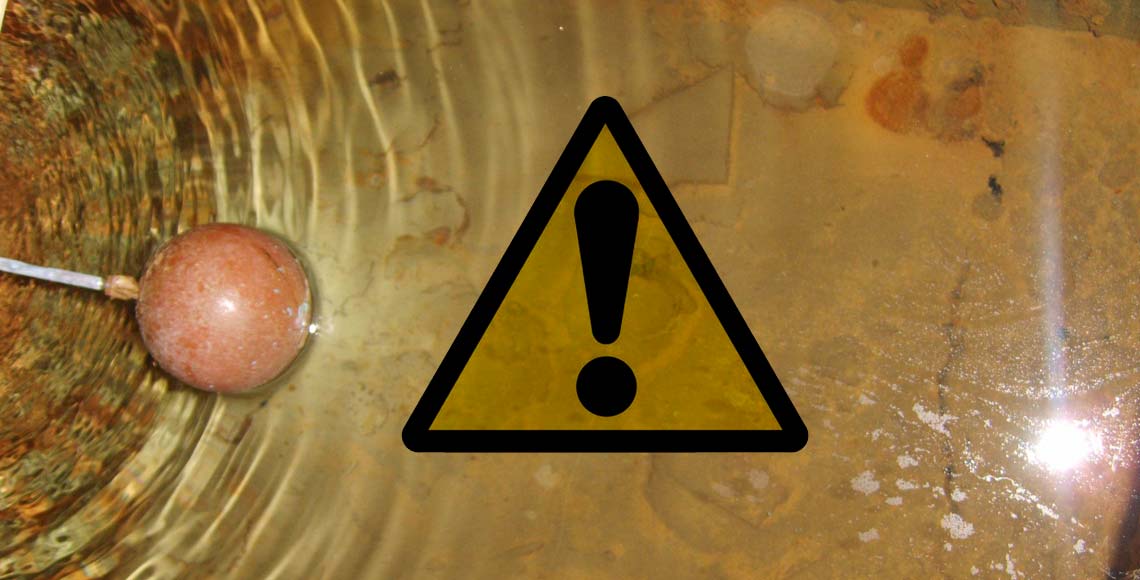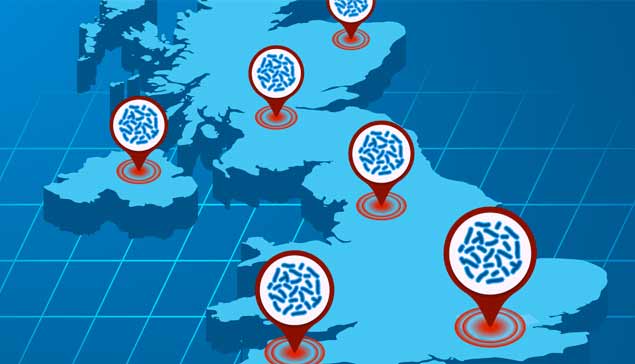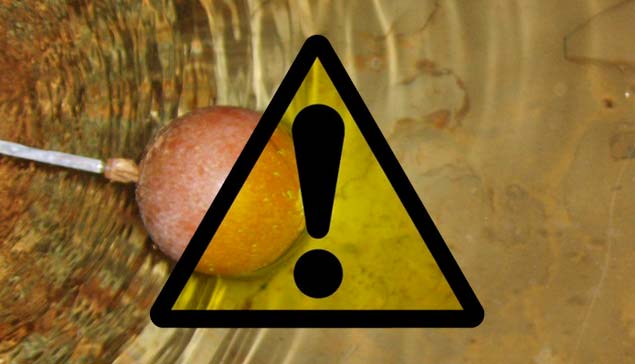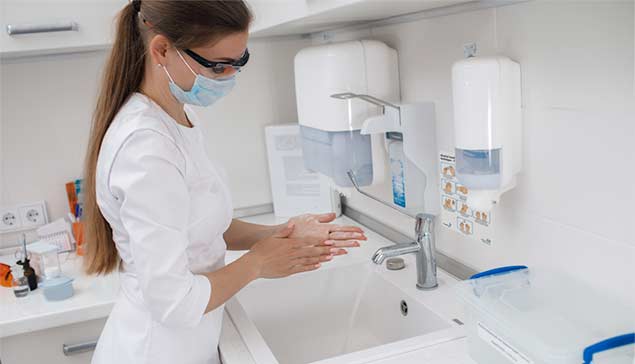ASSOC. COMPANY

Neglecting cleanliness: The hidden dangers of an unmaintained cold water storage tank
Cold water storage tanks play a crucial role in providing us with a readily available supply of clean water for various purposes. While these tanks are often out of sight and out of mind, neglecting their cleanliness can lead to a multitude of health and safety hazards. In this blog, we explore the potential dangers that arise from not cleaning a cold water storage tank and highlight the importance of regular maintenance.
Microbial contamination
One of the most significant dangers of not cleaning a cold water storage tank is the potential for microbial contamination. Over time, bacteria, viruses and other pathogens can thrive in the stagnant water and sediments that accumulate at the bottom of the tank. These contaminants can cause various waterborne illnesses ranging from mild stomach discomfort to outbreaks of legionella. Children, the elderly and individuals with weakened immune systems are especially vulnerable.
Algae growth
Neglected water tanks exposed to sunlight can become breeding grounds for algae. Algae growth not only affects water quality but can also clog pipes and filters, leading to reduced water flow and pressure. Furthermore, some types of algae can release toxins into the water, posing additional health risks.
Foul odours and taste
Stagnant water and the accumulation of sediment can lead to foul odours and an unpleasant taste in the water. This can make the water unappealing for consumption and everyday use, affecting hygiene practices and overall well-being.
Deterioration of tank material
The sediments and contaminants that settle in an unclean tank can lead to corrosion and deterioration of the tank's interior surface. This structural damage not only reduces the lifespan of the tank but also increases the risk of leaks and potential water damage to surrounding areas.
Cross-contamination
Water tanks are often interconnected with distribution systems that supply water to various parts of a building. If the tank is contaminated, it can lead to cross-contamination of the entire water supply network, affecting multiple outlets throughout the building.
Legal and regulatory consequences
There are regulations and guidelines in place for the maintenance and cleanliness of water storage tanks, such as HSG 274. Neglecting tank cleaning can lead to legal consequences and penalties for non-compliance, especially in commercial and public settings.



The importance of regular cleaning
Regular cleaning and maintenance of cold water storage tanks are essential to mitigate the dangers mentioned above. Here are a few key reasons why routine cleaning is crucial:
- Health protection – Cleaning prevents the growth and spread of harmful pathogens, safeguarding the health of those who rely on the water supply.
- Water quality – Regular cleaning ensures that the water remains clear, odourless and safe to use, promoting good hygiene practices.
- Longevity of the tank – Proper maintenance can extend the life of the storage tank by preventing corrosion and structural damage.
- Compliance – Adhering to regulations and guidelines demonstrates a commitment to providing safe and clean water, reducing the risk of legal repercussions.
Conclusion
Neglecting the cleanliness of a cold water storage tank is a risky gamble with potential consequences for health, safety and overall well-being. Regular cleaning and maintenance are not only practical measures to ensure the availability of clean water but also responsible actions that contribute to a healthier environment and community. By staying vigilant and prioritising the cleanliness of water storage tanks, we can avoid the hidden dangers that stem from neglect and continue to enjoy safe and clean water.






